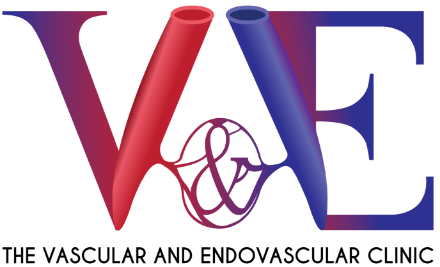Aortic diseases are conditions affecting the aorta, the largest artery in the body. It carries oxygen-rich blood from the heart to the rest of the organs. Understanding the most prevalent aortic diseases allows individuals to recognise symptoms, seek timely treatment and prevent complications. Learn the importance of early detection in this article.
Who is At Risk for Aortic Diseases
Aortic diseases are more prevalent among older adults. The following individuals are more at risk due to certain factors such as high blood pressure, smoking, a family history of aortic diseases, and connective tissue disorders.
Risk Factors

- Age: Individuals over 65 are more susceptible to natural aortic weakening.

- Gender: Men are more prone to aortic aneurysms than women.
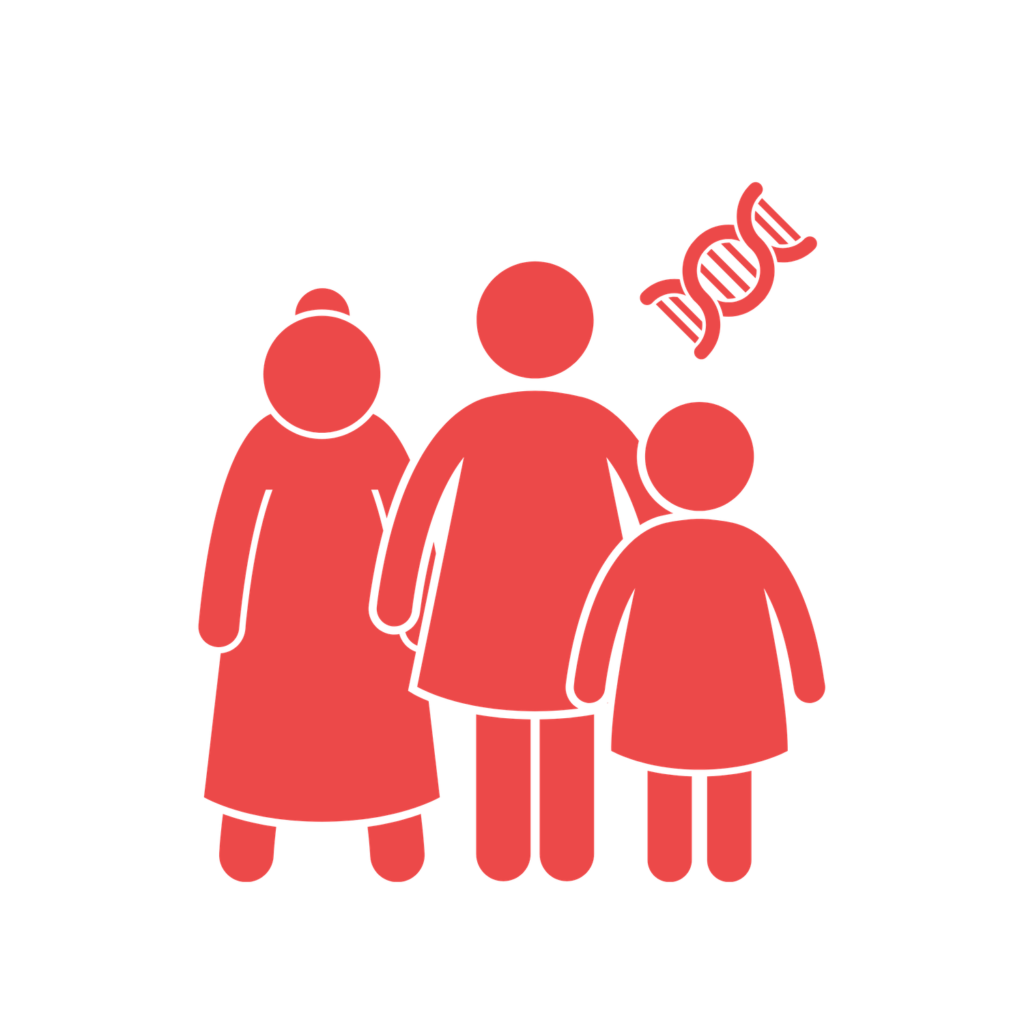
- Family History: Having a first-degree relative with a history of aortic aneurysm or dissection increases your risk.

- Medical Conditions: Chronic conditions like high blood pressure (hypertension), high cholesterol, atherosclerosis (plaque buildup in arteries), and connective tissue disorders (e.g., Marfan syndrome, Ehlers-Danlos syndrome) weaken the aortic wall and promote disease development.

- Lifestyle Factors: Smoking damages the blood vessels throughout the body, including the aorta.
What Are The Different Types of Aortic Diseases
Aortic disease is a group of conditions that weaken or damage the aortic wall.
Most Common Types of Aortic Diseases
- Aortic Aneurysm
A balloon-like bulge forms in a weakened area of the aorta. It can occur in the chest (thoracic aortic aneurysm) or abdomen (abdominal aortic aneurysm). Symptoms may vary depending on its location and size.
Aortic Aneurysm Symptoms• Pulsating sensation in the abdomen (more common with abdominal aortic aneurysm)
• Sharp, sudden chest or upper back pain
• Shortness of breath
• Trouble breathing or swallowing - Aortic Dissection
A tear occurs in the inner layer of the aortic wall, allowing blood to flow between the layers and potentially weaken the entire structure. This is a severe condition requiring immediate medical attention.
* Type A aortic dissection typically involves the ascending aorta near the heart and requires medical emergency interventions.* Type B aortic dissection involves the descending aorta in the chest or abdomen and may have a slower onset of symptoms.
Aortic Dissection Symptoms
• Sudden, severe chest or back pain
• Loss of consciousness
• Loss of movement on one side of your body
• Difficulty walking - Aortic Stenosis
The aortic valve narrows, hindering blood flow from the heart to the aorta. Symptoms may not be present initially, but as the stenosis worsens, shortness of breath, chest pain, and fatigue can occur. - Aortic Insufficiency (Regurgitation)
The aortic valve doesn’t close properly, causing blood to leak back into the heart. This can lead to heart failure and symptoms like fatigue, shortness of breath, and swelling in the legs. - Aortic Occlusion
Blockage develops within the aorta, restricting blood flow. This is a less common condition, and symptoms depend on the location of the blockage.
Why Early Detection Matters: 5 Reasons Early Diagnosis Saves Lives
Aortic diseases are not to be taken lightly, as they can have severe consequences if left unchecked. Without early detection and intervention, aortic diseases lead to complications that may threaten both health and life.

1. Prevention of Emergency Cases
Aortic diseases, such as aneurysms or dissections, can progress without noticeable symptoms. Early detection through routine screening or symptom recognition enables timely intervention.

2. Preservation of Organ Function
Untreated aortic diseases may damage vital organs like the brain, kidneys, and heart. Early detection allows for proactive measures to mitigate organ damage, preserving overall organ function.

3. Minimisation of Cardiovascular Risks
Aortic diseases are associated with an increased risk of cardiovascular events such as stroke and heart attack. Our doctors can effectively implement strategies to manage cardiovascular risk factors by detecting and addressing underlying aortic pathology early on.
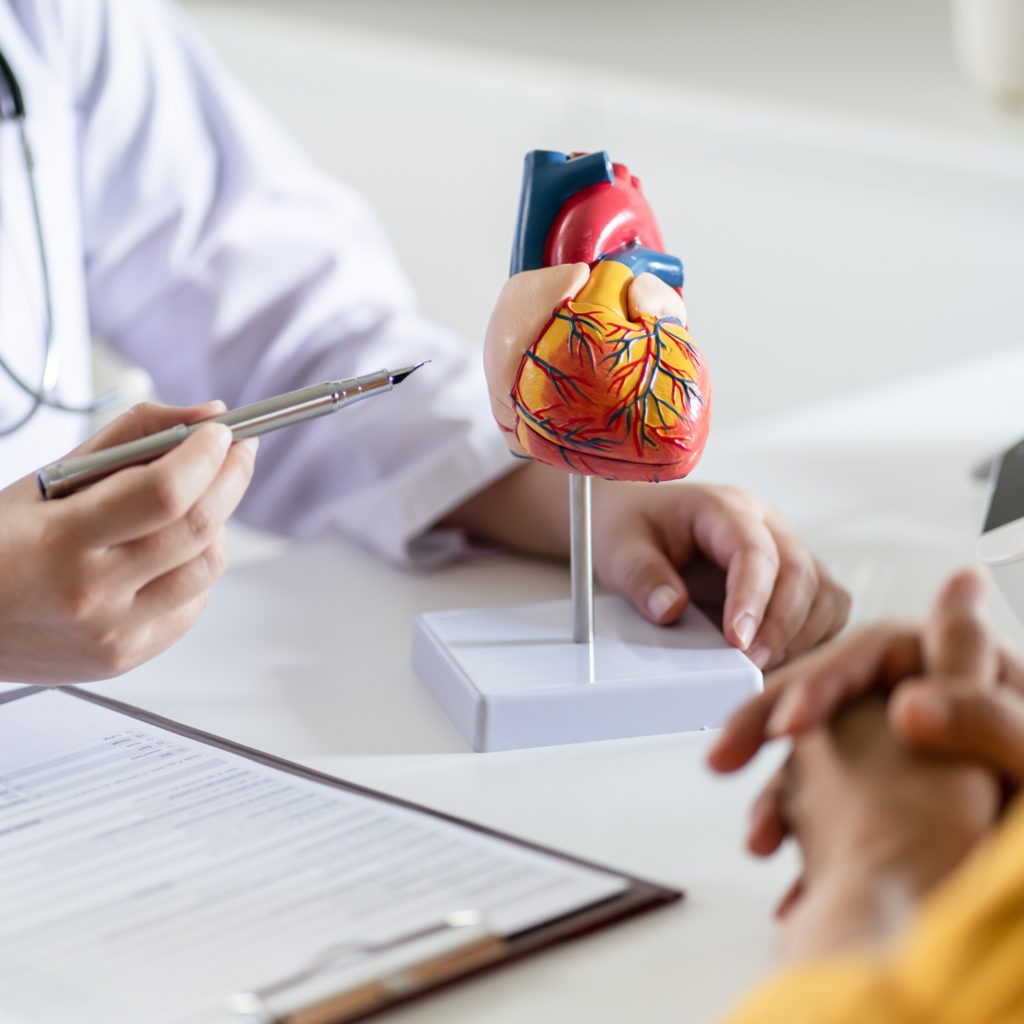
4. Improved Treatment Outcomes
Early detection facilitates the implementation of appropriate treatment strategies tailored to the individual’s condition and overall health status. For example, small aortic aneurysms detected early may be managed conservatively through close monitoring and lifestyle modifications, whereas larger aneurysms may require surgical intervention to prevent rupture.

5. Enhanced Quality of Life
Prompt diagnosis and treatment of aortic diseases mitigate the risk of life-threatening complications and contribute to a better quality of life for affected individuals. Individuals can maintain their functional capacity, independence, and overall well-being by addressing symptoms early and preventing disease progression.
How Are Aortic Diseases Diagnosed and Treated?
Diagnosis of aortic diseases involves a combination of medical history review, physical examination, and imaging tests such as ultrasound, CT scan, or MRI. Treatment options vary depending on the type and severity of the condition. It may include medication, lifestyle modifications or surgical interventions such as aortic repair or replacement.

- Open surgical techniques such as graft replacement or endovascular procedures involving stent graft placement within the aorta reinforce weakened areas and prevent rupture.

- Surgical excision for mycotic aneurysms due to bacterial infection of the arterial wall. The aneurysm is rebuilt using synthetic grafts or endovascular techniques to exclude it from circulation.

- Endoleak Treatment may require additional intervention, such as embolisation or placement of additional stent graft components to seal off the leak and prevent expansion of the aneurysm sac.
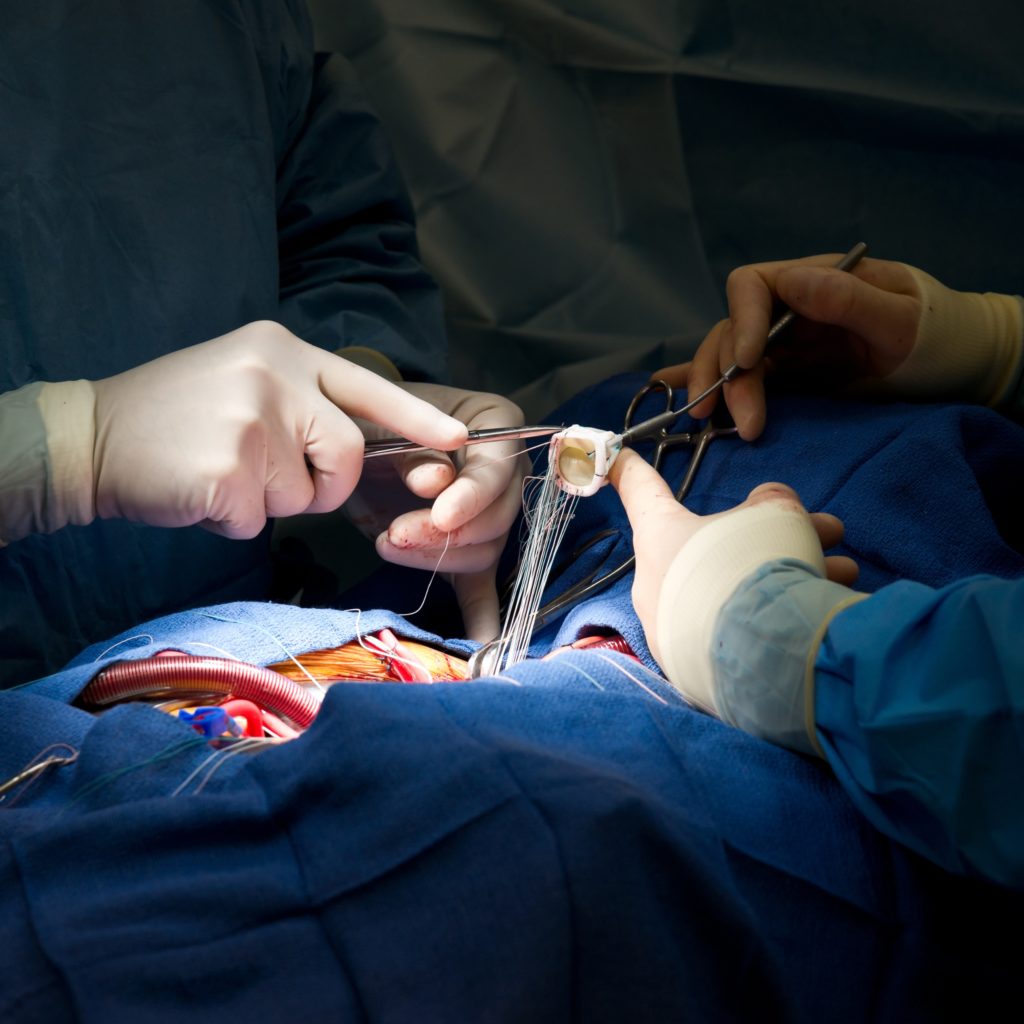
- Open Aorto-Bifemoral Bypass Surgery for severe aorto-iliac occlusive disease, open surgical bypass procedures may be performed to reroute blood flow around the obstructed segment, restoring adequate blood supply to the lower extremities.
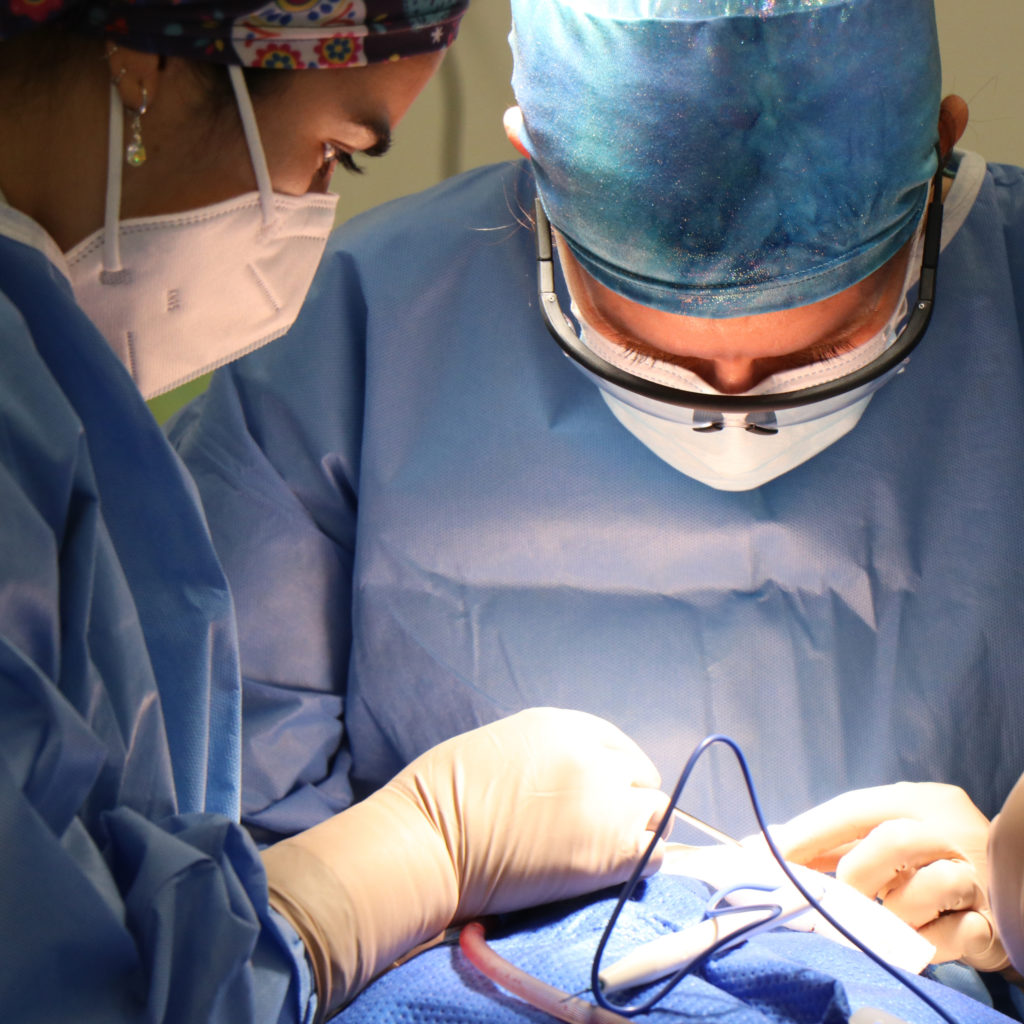
- Complete Endovascular Repaving of the Abdominal Aorta (CERAB) is a procedure to reinforce the diseased aorta, restore blood flow, and alleviate symptoms associated with aorto-iliac occlusive disease.
Safeguard Your Vascular Health: Early Detection of Aortic Diseases at Vascular and Endovascular Clinic
Recognising symptoms and risk factors while embracing routine screenings are proactive steps to safeguard your vascular health. Early detection minimises cardiovascular risks, enhances treatment outcomes, and improves overall quality of life.
At the Vascular and Endovascular Clinic, Dr Tang Tjun Yip and Dr Julian Wong advocate for aortic aneurysm screening for individuals aged 60 and above as a preventive measure against life-threatening complications. The comprehensive screening and assessment can identify potential issues early, enabling timely interventions to prevent ruptures or dissections.
Don’t wait for symptoms to become severe. Schedule an appointment at the Vascular and Endovascular Clinic today. Let’s work together to ensure your aortic health and overall well-being.
